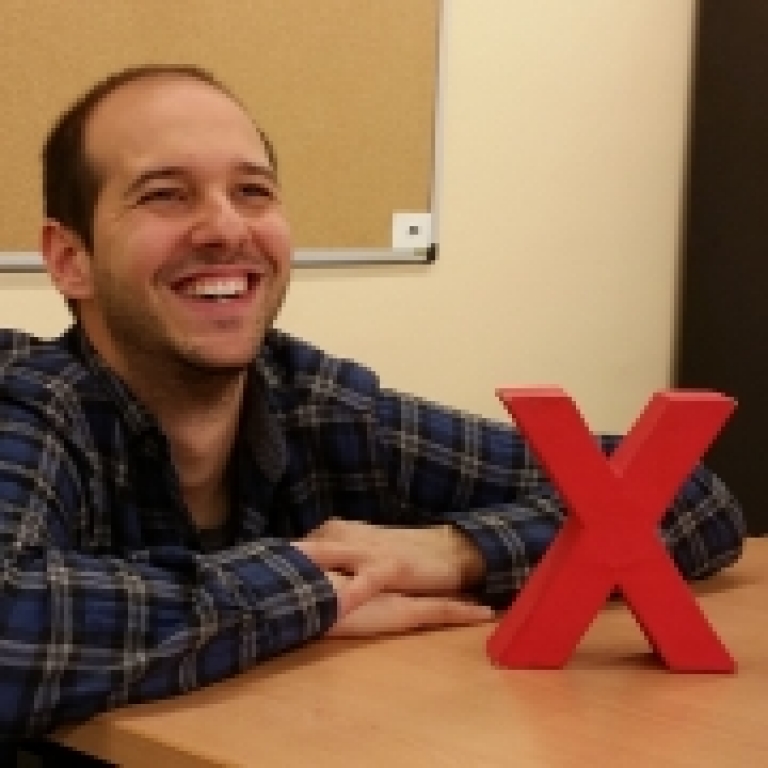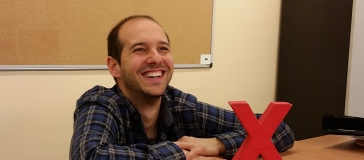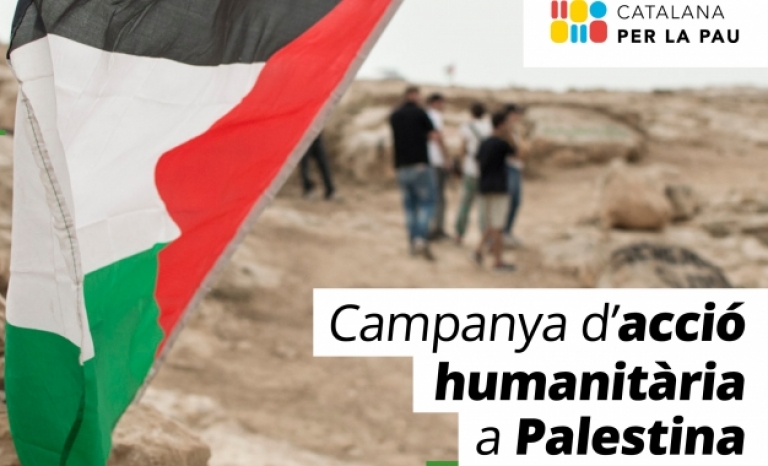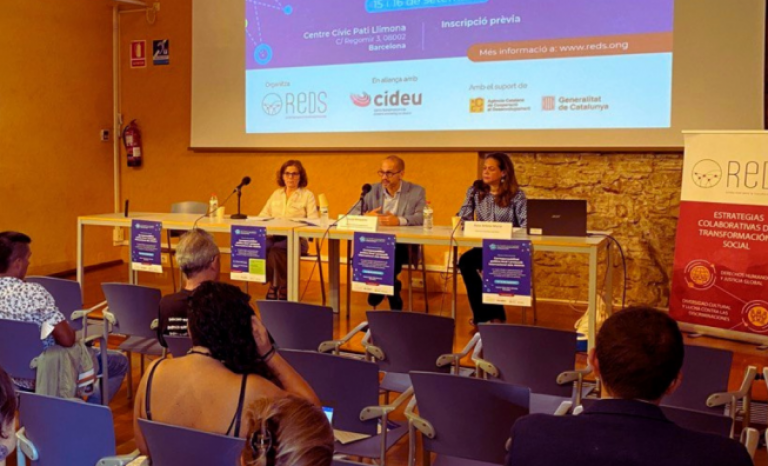Oriol Toro explains us how to engage the volunteering through the folk tradition.
Following a long lasting tradition that dates from time immemorial, all towns in our land celebrate once a year their annual festival, their “festa major”. People gather in the main square and take part over several days in a huge celebration with music, dancing, competitions, popular banquets, theater plays and all kinds of activities for children and grown-ups. Representations of popular and traditional culture also take place during these days, as for instance castells (human towers), geganters (giants), bastoners (stick dancing) and correfocs (“fire-running”). Thus, the annual festival becomes a meeting point for all neighbours, and even a touristical advertisement, because some of them have been declared heritage of historical interest in line with their long tradition and the recovery of the town’s own past.
In our current context of crisis, popular culture has become more and more necessary. Many years ago, councils and municipal corporations were still able to fund 100% of their annual festival, and they even managed to contract bands from abroad. Today, this is no longer affordable. Now it’s time to go back to the true origin of popular culture, that is, back to the times when people worked to represent their own culture.
Some four years ago, something unusual happened in La Vall del Llémena, a small municipality in the heart of the Girona province. The inhabitants of that valley, mostly quite aged peasants, decided to recover an episode of their own history and feudal past through a little theatre play. And so the grannies in town started knitting the wardrobe, the young ones went studying medieval games, the theatre amateur company started the rehearsals and the local choir and dancing groups began getting ready for the big happening. There was almost no one there who did not have at least a friend or a relative involved in the organization.
Finally, the great day arrived. The place chosen to put on stage the play was Sant Aniol de Finestres, a small hidden town with some 300 inhabitants. The expectation that had been generated was so huge that more than 1000 people got there and collapsed the whole event. The team of 100 volunteers went mad running from one end to the other, and the actors, singers and dancers involved in the play had to repeat their performances several times so everybody could enjoy them. The only advertising had been the community’s commitment and the local word-to-mouth.
Self-sufficiency and self-management of one’s culture strengthens the inner cohesion of the involved actors as well as the intergenerational exchange and the bonding of local organizations. Culture has always been an effective tool of economical promotion for municipalities, whether in terms of gastronomy, hotel business, commerce, tourism, local development or as a good opportunity to integrate newcomers. But, most of all, experiencing local culture produces a feeling of belonging and identity that allows for a greater involvement of the neighbours in the municipal (or supramunicipal) project. This is also the way to guarantee the annual festival’s perdurability and its social acknowledgement. It is precisely this personal involvement of people that facilitates their personal growth and promotes networking, which in turn strenghtens the generated individual and collective bondings.
Four years after, the Festa Remença de la Vall de Llémena has become a “consolidated” milestone and a much expected event in the municipality’s calendar. The secret of its success is just to work from the people and for the people. This is, in the end, the essence of popular culture.












Add new comment